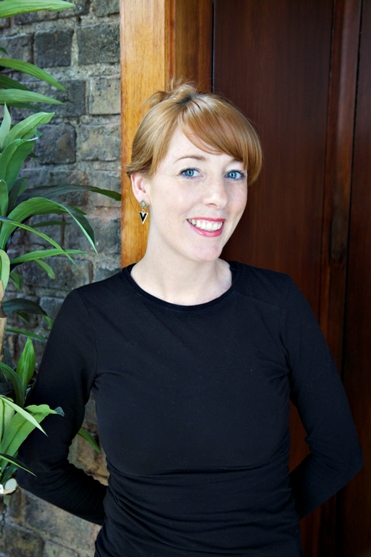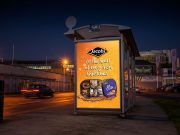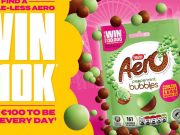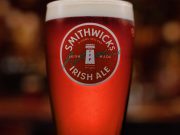 Brands need to break the cycle of boring branded content with active, superhuman storytelling, writes Susan Kelly
Brands need to break the cycle of boring branded content with active, superhuman storytelling, writes Susan Kelly
We live in the age of marketing where some of the skill sets that were once the preserve of professionals working in the industry are now accessible to just about anyone with a smartphone and a social media account.
We all filter, edit and tell stories of great nights out, interesting places we’ve visited, mouth-watering food we’ve tasted, fascinating articles we’ve read. We are brands, curating and creating our brand worlds with filters and apps. We do this because, at one level or another, we are aware the world is watching.
Everyone has become a marketer and brands are failing to keep pace. Most brands are simply copying people’s behaviours. Brands also tell stories of great nights out, interesting places they’ve visited, mouth-watering food they’ve tasted, fascinating articles they’ve read. And no one cares, because it’s a brand. It’s not one of your real 375 friends who are also talking about great nights out, interesting places they’ve visited, mouth-watering food they’ve tasted, fascinating articles they’ve read.
Brands need to stop acting like everyone else on social. It’s boring. People like this boring content only when they are bored, when they’re queueing or commuting. They give it a passive, almost subconscious thumbs-up because it resembles something they or their friends would share. It’s time for brands to disrupt people’s feeds, to shake and surprise people out of autopilot engagement.
Branded content can and must create some wonder and awe. Brands must entertain, offer escape and suspend reality on social, in the same way great TV ads or indeed great shows do. Branded content needs to create a ‘How did they do that’ response, not the current ‘I could do that’ one.
To break the cycle of boring branded content, brands must revisit and rethink their brand story. Longstanding brands have built their story around passive ideas that sit neatly into the tightly defined parameters of TV, radio or print ads. In the marketing age, media is participatory and brand stories must be born active. Active brand stories start an intriguing narrative and invite people to join in and shape the story, so they are inherently social, in the true sense of the word. An active brand story calls for reimagining, not shoehorning a passive brand story into a monthly content calendar.
Some great active brand stories include ‘This Girl Can’ developed by Sport England. It is an idea that invites every woman to imagine, create and share her own sports and fitness story. McCannBlue’s own ‘BeKreativ’ campaign for Beck’s is an active idea. BeKreativ welcomes creative people of all walks of life to share their ideas and showcase their talents, to inspire and feed other creative communities.
Active brand stories must craft storylines, chapters, characters, plots and twists that keep people guessing and intrigued – that’s true engagement. Active brand stories should and often do have a superhuman quality to them. Think the Marlboro Man, the Milk Tray Man, even the Meerkats. I believe we’re trying too hard to make our brands ‘accessible’ and we’re trying too hard to appeal to the rational mind with reasons to believe. Yes, it is true that now, more than ever, brands must offer real utility in people’s lives, however it is often in the surreal we create irrational aspirations for a brand. And who doesn’t want aspiration beyond reason for their brand?
In this age of marketing, brands must earn a place on social feeds by bringing a sense of awe and wonder with active storylines with a superhuman quality, that create aspiration beyond reason. Anything else is branded boredom.
Susan Kelly is Strategic Director at McCannBlue





















